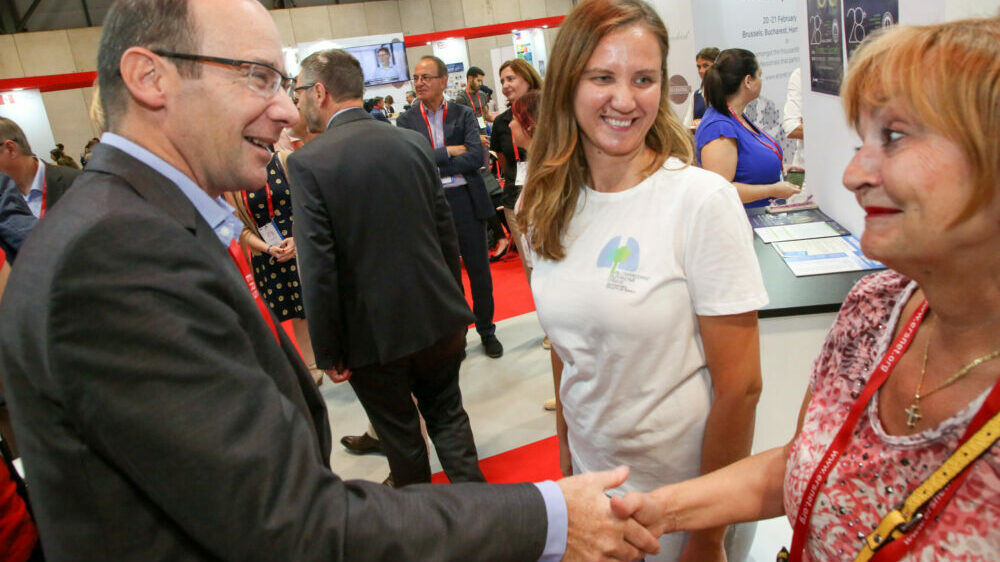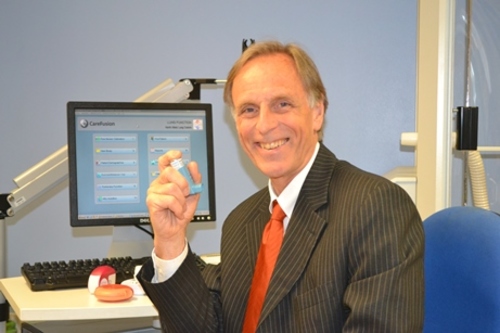The complete phase-out of the production of chlorofluorocarbons (CFCs) that were damaging the ozone layer, has been finally achieved with the worldwide conversion to CFC-free inhalers. CFCs inhalers had been exempted, until affordable alternatives became available. This has resulted in improved inhaled therapy for patients with asthma and chronic obstructive pulmonary disease (COPD) patients, at the same time as protecting the ozone layer.
The milestone, which has just been reached, has been welcomed by healthcare professionals, patient groups and environmentalists. It is the culmination of 30 years work to phase out the harmful chemicals whilst at the same time protecting patient safety.
In 1996, CFC-based aerosols were phased out in developed countries, yet CFC-free inhalers were not yet available for hundreds of millions of patients with asthma and COPD. In a bid to balance the need for environmental safety versus the potential harm for patients, a temporary exemption was allowed for countries where these inhalers were not available, with each country required to apply for permissions to continue using CFC inhalers. Applications were assessed by the Medical Technical Options Committee, and then approved by UN’s Montreal Protocol. China was the final country to complete transition having achieved an adequate range of CFC-free inhalers for its patients.
Professor Ashley Woodcock, Co-Chair of the Medical Technical Options committee, welcomed the news: “I am absolutely delighted that over two decades work towards this significant milestone has now been reached. This is not only a tremendous outcome for the good of the global environment, but we have also seen the development of better quality inhalers during this time, which will benefit patients enormously. I am proud of the coordination we have seen between the Montreal Protocol, the pharmaceutical industry, healthcare regulators and providers, and patients, which has brought about this change.”
[The Montreal Protocol is regarded as the most successful environmental protocol, with ratification by 197 countries. It has worked by consensus to phase out substances that damage the very delicate ozone layer, which is our major barrier against UV light. The ozone hole is stable and predicted to recover by 2060]





